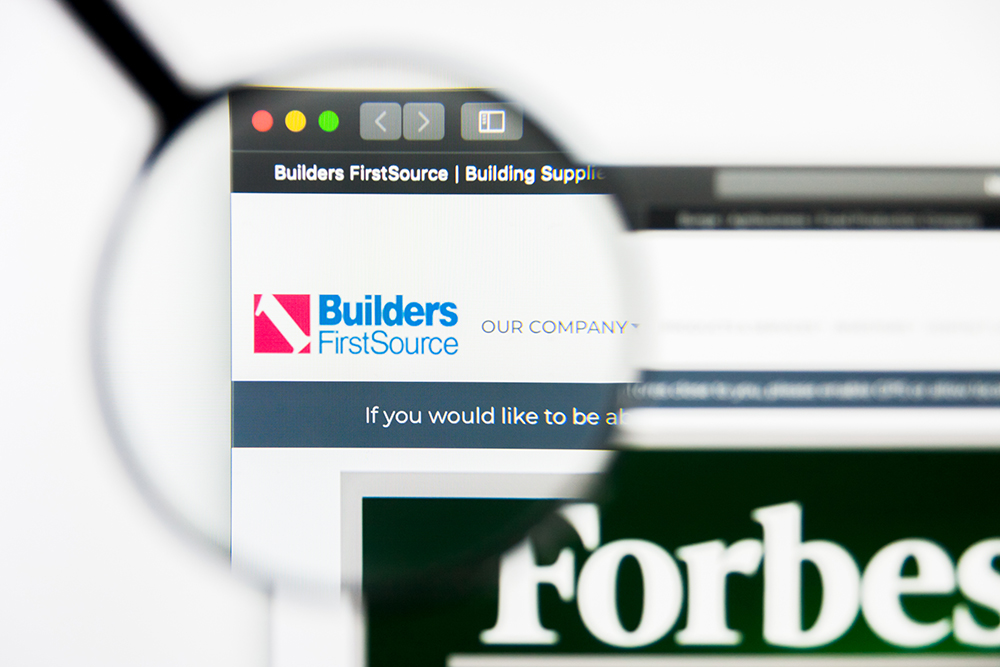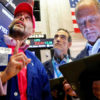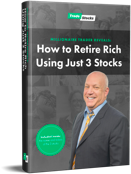
A ‘Picks & Shovels’ Play for a Growing Trend
Over most of the past decade, the trend in homebuilding has been “downsizing.” An aging population, declining birth rates, concerns about the environment, and a steady migration into cities and suburbs, have meant that the key for new home builds was quality over quantity. Footprints became smaller as single-family homes with yards were swapped for condos and proximity to urban amenities.
All that changed with Covid-19. To facilitate social distancing and reduce day-to-day exposure, many city dwellers and those in the near suburbs chose to move out beyond beltways. When the riots in major cities started, that trend only strengthened. People moved out of their cramped and expensive spaces in New York City and took up rural living in North Carolina and other regions further south as remote working options increased. People in California did the same, moving to Nevada, Arizona, and Texas.
With this demographic shift has come a major shift in housing demand: “upsizing.” Good-bye condo, hello 5-bedroom spread with an office for work-from-home setups, a big yard, and a pool to boot. Recently released housing data support this. According to the U.S. Census Bureau, year-over-year single family housing starts increased 15.5% in July versus a drop of 5% for condo and multi-family units.
One way for investors to profit from this trend is to buy some of the homebuilders, several of which are truly investment-grade companies. But I’d rather buy the one selling the picks and shovels than the one taking all the risk in building. To that end, let’s look at Builders FirstSource (BLDR), America’s largest direct-to-contractor seller of home-building products.
Now, one might think that this $4.2 billion, Dallas, Texas, company, founded in 1998, is forced to compete with larger retailers like Lowe’s ($116 billion) and Home Depot ($292 billion). But this is not the case. First, they have different business models. The big-box stores cater predominantly to the retail consumer — the DYI’er and the fixer-upper crowd — whereas Builders FirstSource deals mostly with professional homebuilders, sub-contractors, and remodelers. These are the guys who are now getting busier and busier building country estates for all those New Yorkers and Angelinos who are moving out of the city and into the hinterlands.
More important, when we run some of numbers, we will see that the scale tips decidedly in favor of BLDR:
- While Lowe’s and Home Depot trade at PE ratios considerably lower than the S&P 500 average (currently 35.6), Builders FirstSource trades at a PE of only 17.6, 20% below the average of the two big boxes, and a full 50% below the average S&P component.
- The best metric for valuation, Price to Sales, is also a winner for BLDR. Its PS ratio is only half of what shares of LOW trade at, and nearly 80% lower than the metric for HD.
- Both HD and LOW are showing anemic five-year historical EPS growth – 16.8% and 15.2%, respectively – whereas BLDR has averaged a whopping 60% growth year over year for the past half-decade.
A lot of that growth is happening via acquisitions. Builders recently bought Kansas City Building Supply, which adds a new line of windows, doors, and millwork in a key and growing market. There is also the pending takeover of BMC Stock Holdings – a similarly sized, fundamentally sound company in the same space — a move that will grow the combined company to nearly $7 billion, with over $11 billion in annual sales (BLDR shareholders will own 57% of the combined entity). But Builders Is also growing organically. Its annual sales have soared at a clip of 35.3% per year, including a 16% top-line spurt last quarter compared with the previous one.
All this growth has analysts scrambling to reevaluate shares. There have been 11 upgrades this year, including a raise to “strong buy” from Zacks research, and one earlier this month from 5-star analyst Keith Hughes of Truist Financial. Hughes has a 69% win rate on his BLDR calls with an average return of 33.4%. Hughes cites the company’s “dramatically higher” earnings guidance issued on the last conference call (Oct. 29), and that the company’s profit margins are now under less pressure as the price of lumber levels off after an historic spike.
Action to Take: BLDR is a solid addition to your growth portfolio up to a price of $38 with a view to selling shares once a price of $50 is reached.

















